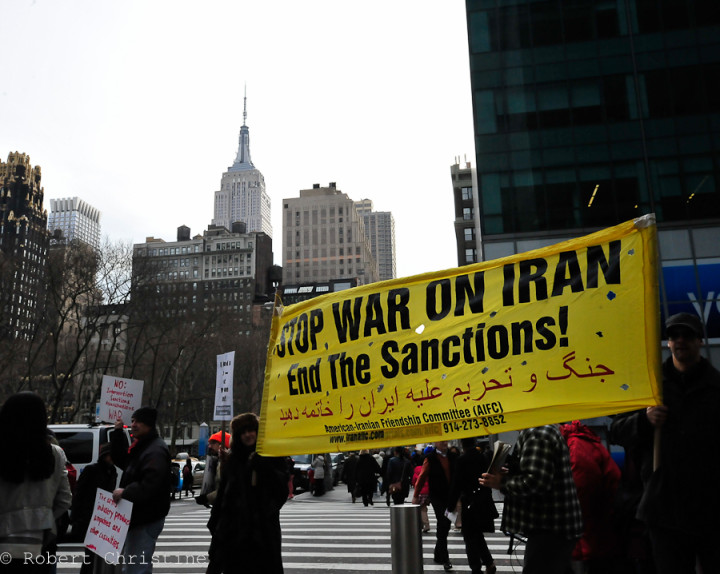Sharmine Narwani says: “If you want to understand what’s going on in the Middle East today, go back to see what the US Military was doing 4 years ago, as the ‘Arab Spring’ kicked off, and US-backed dictators were falling like flies. Shia-vs-Sunni and Iran-vs-Arabs was the script being developed by the Pentagon. My article in 2011: “Pentagon game to divide Iranians and Arabs”
The introduction to the article follows with a link to see the full story, read on:
Analysts and pundits have spent the past two weeks puzzling over the alleged Iranian plot to assassinate a Saudi diplomat in Washington, in part because of a complete lack of either motive or benefit for the Islamic Republic. Iran, reputed to place much stock in cost-benefit analyses of its geopolitical calculations, clearly fails to gain materially or politically from any part of the allegations thus far. So what gives?
Instead of scrutinizing the “whys” of Iran’s involvement, it may be more illuminating to examine Washington’s motivation in advancing this bit of political theater. The criminal charges were followed by high-profile statements and sanctioned leaks from the White House, the departments of State, Justice, Treasury, Defense, FBI and the CIA, well orchestrated for maximum impact. The U.S. government then sought to persuade the global community via the U.N. Security Council and “phone calls to many capitals” of the gravity of the charges.
Such fanfare went beyond the service of prosecuting a single crime. More likely, the charges being leveled at Iran came in the service of “public diplomacy,” an attempt to establish a broad narrative that serves a policy decision. Pushing the narrative of the Iranian “boogeyman” is not unusual in U.S. policy circles. What may be new is the emphasis on this story in the aftermath of Arab uprisings throughout the Middle East.
Bring in the “Red Team”
Last March, as the Arab revolts swept through the Middle East and North Africa, the U.S. military’s Central Command for military operations in 20 countries — including Iran, Saudi Arabia, Iraq, Egypt, Yemen, Bahrain and Jordan — held a “Red Team” exercise to examine a political narrative that perpetually pits Arabs and Iranians against each other, according to a source involved in the project.
CENTCOM’s Red Team was formed in 2006, a spokesman told me last year, to “think outside the box, offer contrarian thinking [and] … sharpen the reasoning and force intellectual rigor” on critical issues for the benefit of senior military officials.
Here are some of the premises and questions included in CENTCOM’s Arabs versus Iranians exercise. (Note: The Red Team refers to Iranians as “Persians.”)
- Premise: “The Arab-Persian dynamic is a divide. History, religion, language and culture simply pose too many obstacles to overcome.”
- Premise: “A general Arab inferiority complex relative to Persians means that many Arabs are fearful of Persian expansion and hegemony throughout the Middle East. In their minds, the Persian Empire has never gone away and it is more self-sufficient than most Arab states.”
- Premise: “Barring a “clash of civilizations” – i.e., a modern crusades, Islam vs Judeo-Christians, warfare between the West/Israel vs Arabs/Persians – there does not appear to be a scenario where Arabs and Persians will join forces against the US/West.”
- Question: “Is it appropriate to frame the discussion as Arab-Persian or is Sunni-Shia a more appropriate framework?”
- Question: “Assuming a schism, what could unite Arabs and Persians, even temporarily?”
These narratives assume two things: that the division between Iranians and Arabs is a fact and that the greater unity of the two groups in the wake of the Arab uprisings is a potential threat to U.S. interests. Hence the worried question: What could unite them, even temporarily?
Does the goal then become to ensure a state of chronic hostility between Iranians and Arabs?
Read more at:
http://www.salon.com/2011/10/26/pentagon_game_to_divide_iranians_and_arabs/










